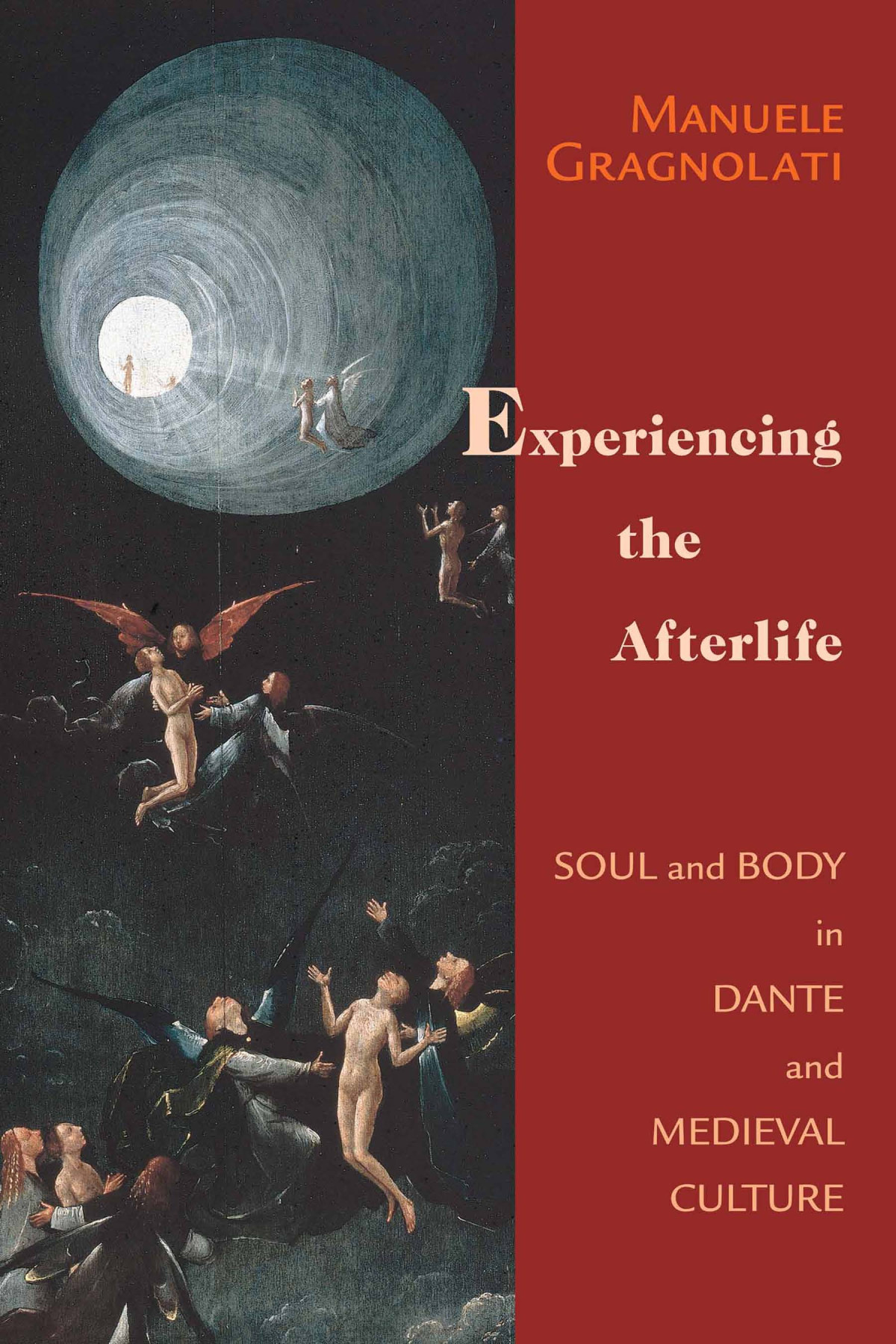

Most ebook files are in PDF format, so you can easily read them using various software such as Foxit Reader or directly on the Google Chrome browser.
Some ebook files are released by publishers in other formats such as .awz, .mobi, .epub, .fb2, etc. You may need to install specific software to read these formats on mobile/PC, such as Calibre.
Please read the tutorial at this link: https://ebookbell.com/faq
We offer FREE conversion to the popular formats you request; however, this may take some time. Therefore, right after payment, please email us, and we will try to provide the service as quickly as possible.
For some exceptional file formats or broken links (if any), please refrain from opening any disputes. Instead, email us first, and we will try to assist within a maximum of 6 hours.
EbookBell Team

4.1
30 reviewsExperiencing the Afterlife provides the first sustained analysis of popular, vernacular depictions of the afterlife written in Italy before the Divine Comedy by authors such as Uguccione da Lodi, Giacomino da Verona, and Bonvesin da la Riva. Manuele Gragnolati uses his readings of these poets to provide a new interpretation of Dante’s work. Combining elements from several disciplines, he investigates the richness of high medieval eschatology and the concept of personal identity it expresses. Gragnolati is particularly concerned with how the notions of body and pain characteristic of medieval spirituality and devotion inform the eschatological representations of the time, especially in their paradoxical urge to stress at once the physical experience of the separated soul and the final necessity of bodily resurrection.
By integrating lesser-known texts and scholarship from other disciplines into the specialized field of Dante studies, Gragnolati sheds new light on some of the most vigorously debated and crucial questions raised by the Divine Comedy, including the embryological discourse of Purgatorio 25, the relation between the soul’s experience of pain in Purgatory and the devotion that late medieval culture expressed toward Christ’s suffering, and the significance of the audacious vision of resurrected bodies that Dante the pilgrim enjoys at the end of his journey. At the same time, Gragnolati brings these questions back into contemporary discussions of medieval eschatology and opens new perspectives for current and future work on embodiment and identity. Scholars and students of Dante and Italian studies, as well as those in medieval history, religion, culture, and art history, will be rewarded by the fresh insights contained in Experiencing the Afterlife.